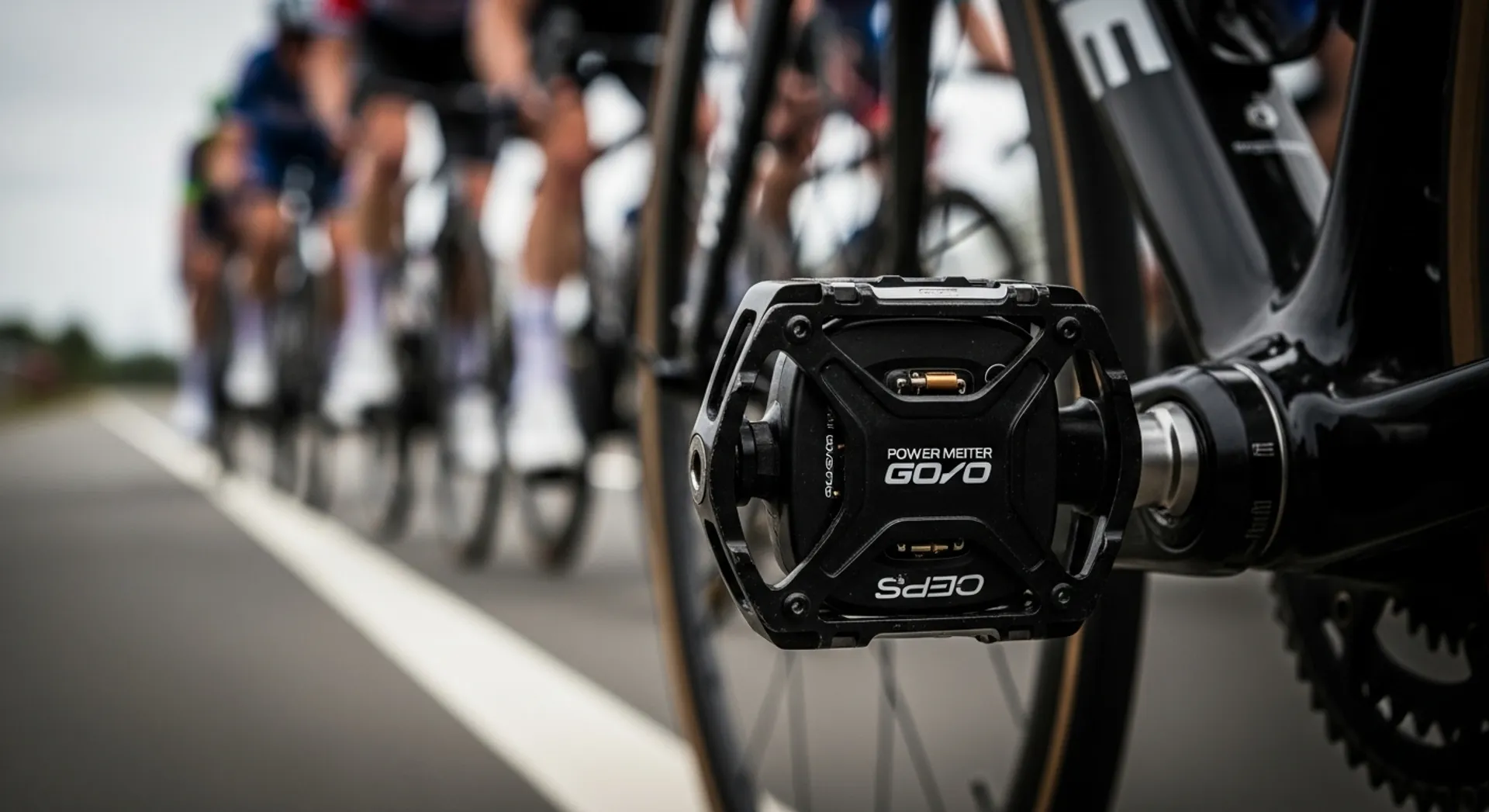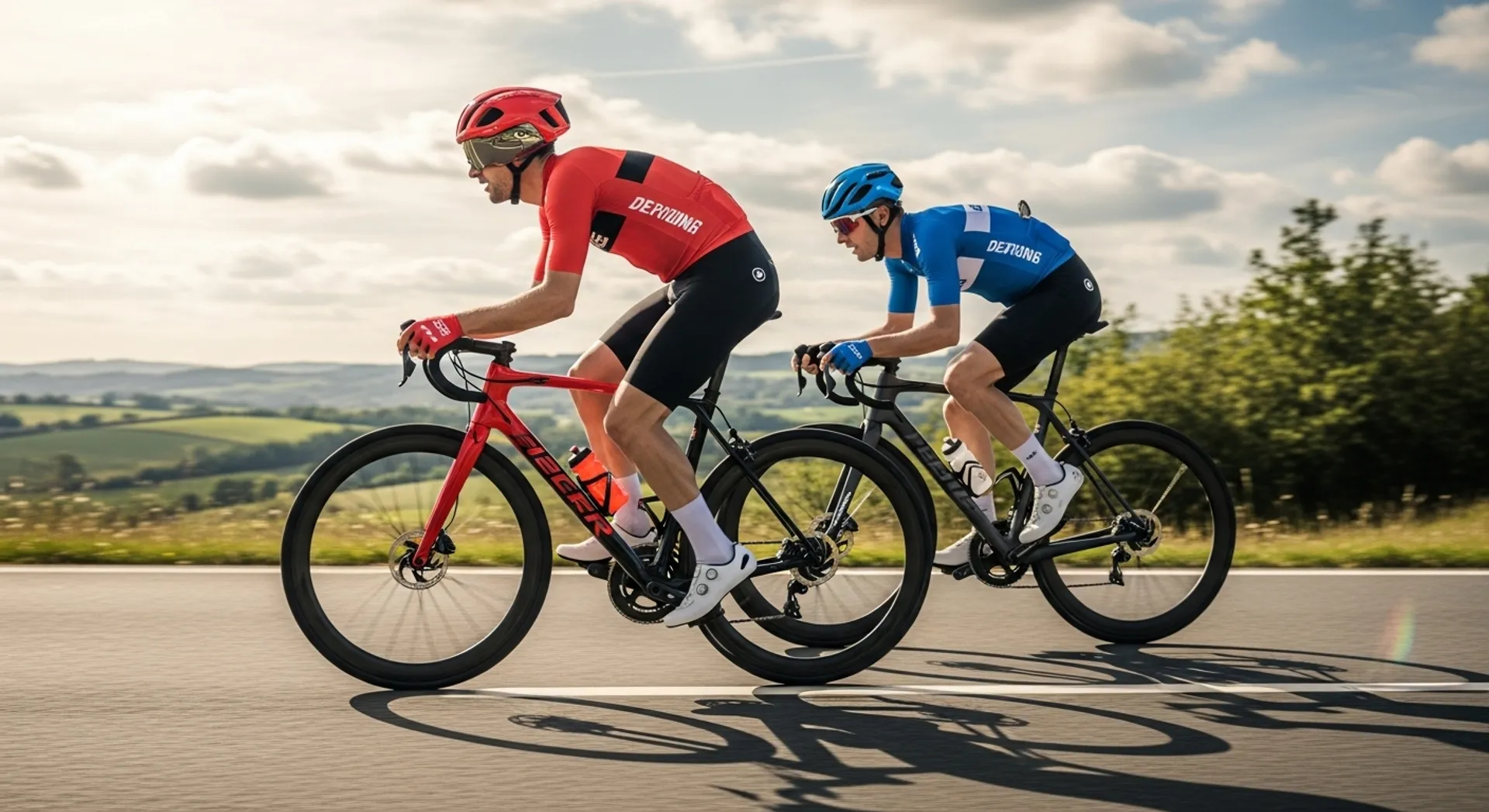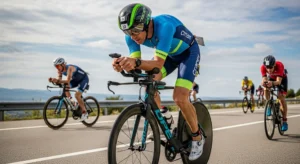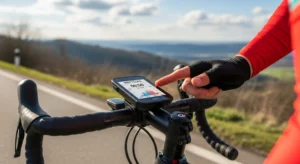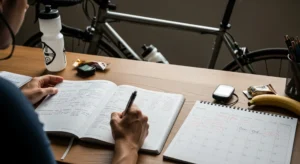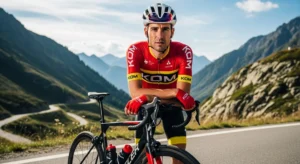Have you ever wondered why ducks fly in a V-formation across the sky? They instinctively understand the benefits of drafting — a principle they mastered long before the peloton ever rolled down a road. We cyclists have adopted this same energy-saving technique, and thanks to modern power meter technology, we no longer have to ride blind. Today’s power meters and sophisticated ride analysis software work together to show us exactly where our power is being spent and how much we can save by riding strategically.
The benefits of drafting aren’t just theoretical — they’re measurable, significant, and can transform your riding experience. Whether you’re a competitive racer looking to conserve energy for a final sprint or a recreational rider hoping to keep up with faster friends, understanding the science behind drafting can give you a legitimate performance advantage without requiring you to improve your fitness one bit.
Understanding the Science Behind Drafting
There’s no question that drafting provides a huge benefit to cyclists. Just ask professional cyclists who’ve built entire careers around positioning themselves correctly in the peloton. Thor Hushovd’s tactical decision to sit on Fabian Cancellara’s rear wheel during the 2011 Paris-Roubaix is a perfect example — he conserved energy while Cancellara did the hard work breaking the wind, positioning himself perfectly for the final kilometers.
Various studies report energy conservation ranging from 20% to 30% simply by drafting behind a single rider. These benefits increase dramatically as the number of riders in front of you grows. In a large peloton, riders in the middle of the pack can experience energy savings of up to 40% compared to riding solo at the same speed. This isn’t marginal — it’s the difference between finishing strong and blowing up before the finish line.
The physics behind drafting is straightforward: at cycling speeds, the majority of your power output goes toward overcoming air resistance. When you position yourself behind another rider, they punch a hole through the air that creates a lower-pressure zone immediately behind them. By riding in this zone, you face significantly less wind resistance, which means you can maintain the same speed while producing considerably less power.
Real-World Evidence from Power Meter Data
I’ve witnessed these results firsthand through data collected by power meters. When I’m able to sit comfortably in a group ride, my ride files consistently show a fascinating trifecta: decreased heart rate, lower wattage output, and increased wheel speed. In plain English, that means working less while going faster — a combination every cyclist dreams about.
Modern power meter technology has revolutionized how we understand drafting efficiency. Unlike the old days when riders could only rely on perceived exertion or heart rate data (which can be influenced by numerous factors), power meters provide objective, real-time feedback about exactly how many watts you’re producing. This data doesn’t lie — it gives you an unfiltered view of your energy expenditure.
When analyzing ride files with advanced software, the difference between solo efforts and group rides becomes crystal clear. You might maintain 22 mph while producing 250 watts solo, but in a group, you could sustain that same speed at just 175-190 watts. That 60-75 watt difference might not sound like much, but over the course of a long ride, it’s the difference between arriving home fatigued versus finishing with energy to spare.
The Real-World Numbers
Let me share some specific data from my own riding. On a familiar 30-mile loop ridden solo at a moderate tempo, I averaged 235 watts with an average heart rate of 152 bpm and completed the route in 1 hour 28 minutes. When I rode the exact same loop with a group of similarly-paced riders, staying tucked in the draft for most of the ride, my numbers told a completely different story: 168 watts average power, 142 bpm average heart rate, and a completion time of 1 hour 22 minutes.
Breaking this down further: I produced 28% less power, maintained a heart rate 10 beats per minute lower, and rode 6 minutes faster — all because of drafting. If you’re looking for a way to ride faster without actually improving your cycling fitness, find a pack and sit on the back. Of course, if you have the legs, you should take your turn at the front — both for the respect of the group and to develop your own strength.
Conducting Your Own Drafting Experiment
Want to see the results for yourself? You can conduct your own controlled experiment with just a power meter and some basic planning. The process is straightforward, and the results will likely surprise you even if you already understand the theory behind drafting.
Step One: The Solo Baseline Ride
First, complete a solo ride with your power meter on a loop you’re familiar with. This route should be one you’ve ridden multiple times — ideally something between 15 and 40 miles with a mix of terrain. Ride at your normal tempo, whatever pace you’d typically maintain on a regular training ride. This isn’t a time trial effort, but rather your standard aerobic pace.
Importantly, note the time of day and weather conditions. Wind speed and direction play enormous roles in cycling performance, so you’ll want to replicate these conditions as closely as possible for your comparison ride. A stiff headwind can add 50-100 watts to your power requirement, which would skew your data significantly.
When you finish, upload your ride file to the analysis software. Quality ride analysis software displays wind information alongside power data, giving you a complete picture of your ride. Look at your average power output, normalized power (which accounts for the variable nature of outdoor riding), average heart rate, and average speed. These become your baseline metrics.
Step Two: The Group Ride Comparison
Now for the revealing part — call your riding buddies and tackle the exact same loop, ideally on a day with similar weather conditions. However, on this ride, your job is to sit comfortably in the draft. Position yourself 2-3 inches wheel-to-wheel behind the rider in front of you — this distance provides maximum aerodynamic benefit while still maintaining a safe following distance (though it requires focus and bike handling skill).
Don’t worry about taking pulls at the front during this particular ride since you’re conducting an experiment. Your goal is to spend as much time as possible in the draft to generate the most dramatic comparison data. In real-world group riding situations, you should absolutely rotate through and share the workload at the front.
After the ride, upload this file and compare it directly with your solo effort. Look at the same metrics: average power, normalized power, heart rate, and speed. I’m confident you’ll discover that you have significantly more post-ride energy and that your heart rate and wattage decreased substantially for the same — or even higher — average speed.
Why Professional Cyclists Fight for Position
Once you understand the massive energy savings from drafting, suddenly the tactics of professional racing make perfect sense. This is why pros zigzag across the road during races, jockeying for position. It’s why leadout trains form in the final kilometers before the sprint finishes. It’s why entire teams will sacrifice themselves to keep their sprinter or classification leader positioned in the sweet spot of the peloton.
The positioning battles you see in professional racing aren’t about ego — they’re about physics and energy management. A rider who can conserve 30% of their energy for 180 kilometers by drafting effectively will have substantially more power available for the decisive moments of a race. This is why sprinters rarely, if ever, take pulls at the front of the peloton until the final few hundred meters.
Even in the most brutal classics races over cobblestones, positioning matters enormously. Yes, being at the front keeps you out of crashes and allows you to choose the best lines through rough sections, but it also means doing significantly more work. The trade-off between safety and energy conservation creates fascinating tactical decisions that play out over hours of racing.
Practical Applications for Every Cyclist
You don’t need to be a professional racer to benefit from understanding drafting dynamics. Group rides become less intimidating when you realize that staying with riders slightly faster than you becomes possible by maximizing your time in the draft. Century rides become more manageable when you find a pace line and settle in. Even casual weekend rides with friends become more enjoyable when everyone understands how to rotate smoothly and share the workload.
For cyclists training with power meters, drafting data provides valuable insights into your true individual capabilities. When you know that you averaged 180 watts in a group ride, you can estimate that you would have needed roughly 240-250 watts to maintain that same speed solo. This helps you set appropriate training targets and understand your real functional threshold power.
Drafting Safety and Etiquette
While drafting offers tremendous benefits, it requires skill, attention, and proper etiquette. Always announce your presence when approaching another rider’s wheel. Maintain steady, predictable speed and trajectory — sudden movements endanger everyone around you. Point out road hazards and call out obstacles. When rotating through a pace line, soft pedal as you drift to the back rather than braking, which can cause accordion effects.
Never overlap wheels with the rider in front of you — this is one of the most common causes of crashes in group rides. Keep your hands on the hoods or drops where you have quick access to brakes. Stay relaxed but alert, looking through the rider in front of you rather than staring at their rear wheel. These skills require practice, so start with easy group rides before attempting faster-paced lines.
The Bottom Line on Drafting
Power meters have removed the guesswork from drafting and replaced it with solid, quantifiable data. The evidence is clear and consistent: drafting works, and it works better than most riders realize. Whether you’re trying to keep up with faster riders, conserve energy for a long ride, or simply ride more efficiently, understanding and utilizing drafting will make you a better, smarter cyclist.
The 20-30% energy savings from drafting behind a single rider aren’t just statistics — they’re real, measurable differences that show up clearly in power meter data. These benefits increase with larger groups and can make what seemed impossible suddenly achievable. The ducks figured this out eons ago, and now with modern cycling technology, we can measure exactly why their V-formation works so well.
So grab your power meter, round up some riding partners, and conduct your own experiment. The data will speak for itself, and you’ll gain a deeper appreciation for the tactical elements of cycling that separate good riders from great ones. Once you see the numbers in your own ride files, you’ll understand why professional cyclists will do almost anything to avoid spending unnecessary time at the front of the pack.
Do you have questions about training, technology, nutrition, or weight loss? Please contact us through iBikeBlog. Thank you for reading!
